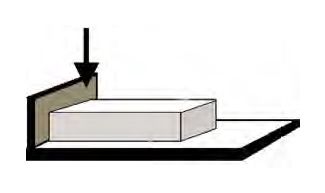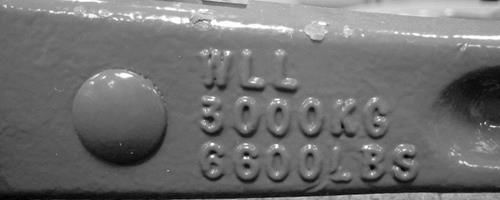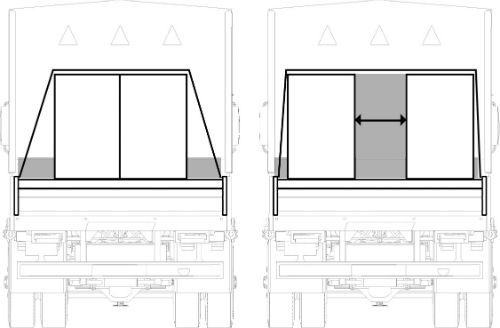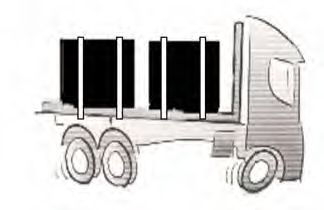Review Questions - Click On The Picture To Begin...

What is the minimum WLL used to block forward movement of cargo weighing 36,500 lbs?
- 18,250 lbs
- 36,500 lbs
- 4,500 lbs
- 10,000 lbs
Quote From The CDL Manual:
The working load limit of all components used to block cargo from forward movement must be 50% (or more) of the weight of the article being blocked.
Next
What is a rub rail?
- Part of the structure, fitting, or attachment on a vehicle or cargo to which a tiedown is attached.
- A structure, device, or another substantial article placed against or around an article to prevent horizontal movement of the article.
- The load carrying area of a truck, trailer, or intermodal container.
- A rail along the side of a vehicle that protects the side of the vehicle from impacts.
Quote From The CDL Manual:
Rub Rail:
A rail along the side of a vehicle that protects the side of the vehicle from impacts.
Prev
Next
It is accepted that friction mats provide a resistance to horizontal movement equal to:
- 10,000 lbs.
- 100% of cargo weight.
- 50% of cargo weight.
- 20% of cargo weight.
Quote From The CDL Manual:
Note: Friction mats provide a resistance to horizontal movement equal to 50% of the cargo weight that is resting on the mat.
Prev
Next
In cargo securement, bracing is:
- A rail along the side of a vehicle that protects the side of the vehicle from impacts.
- A vertical barrier placed directly behind the cab of a tractor to protect the cab in the event cargo should shift forward.
- A strip of material that may be used to unitize articles and is tensioned and clamped or crimped back upon itself. (same as "Strapping")
- A structure, device, or another substantial article placed against an article to prevent it from tipping that may also prevent it from shifting.
Quote From The CDL Manual:
Bracing:
A structure, device, or another substantial article placed against an article to prevent it from tipping that may also prevent it from shifting.
Prev
Next
A friction mat is used to:
- Attach to a tiedown.
- provide greater friction than exists naturally between these surfaces.
- prevent it from tipping that may also prevent it from shifting.
- receive a stake or peg, and may also be used as an anchor point.
Quote From The CDL Manual:
Friction mat:
A device placed between the deck of a vehicle and car or between articles of cargo, intended to provide greater friction than exists naturally between these surfaces.
Prev
Next
By definition, what is a wedge?
- A vertical barrier across a vehicle to prevent forward movement of cargo.
- A tapered piece of material, thick at one end and thin at the other, used to help keep cargo from moving.
- A structure, device, or another substantial article placed against an article to prevent it from tipping that may also prevent it from shifting.
- A short piece of material, usually wood, nailed to the deck to reinforce blocking.
Quote From The CDL Manual:
Wedge:
A tapered piece of material, thick at one end and thin at the other, used to help keep cargo from moving.
Prev
Finish
Please select an option








 Cargo Securement Terms That Truck Drivers Should Know:
Cargo Securement Terms That Truck Drivers Should Know:



 TT On Facebook
TT On Facebook